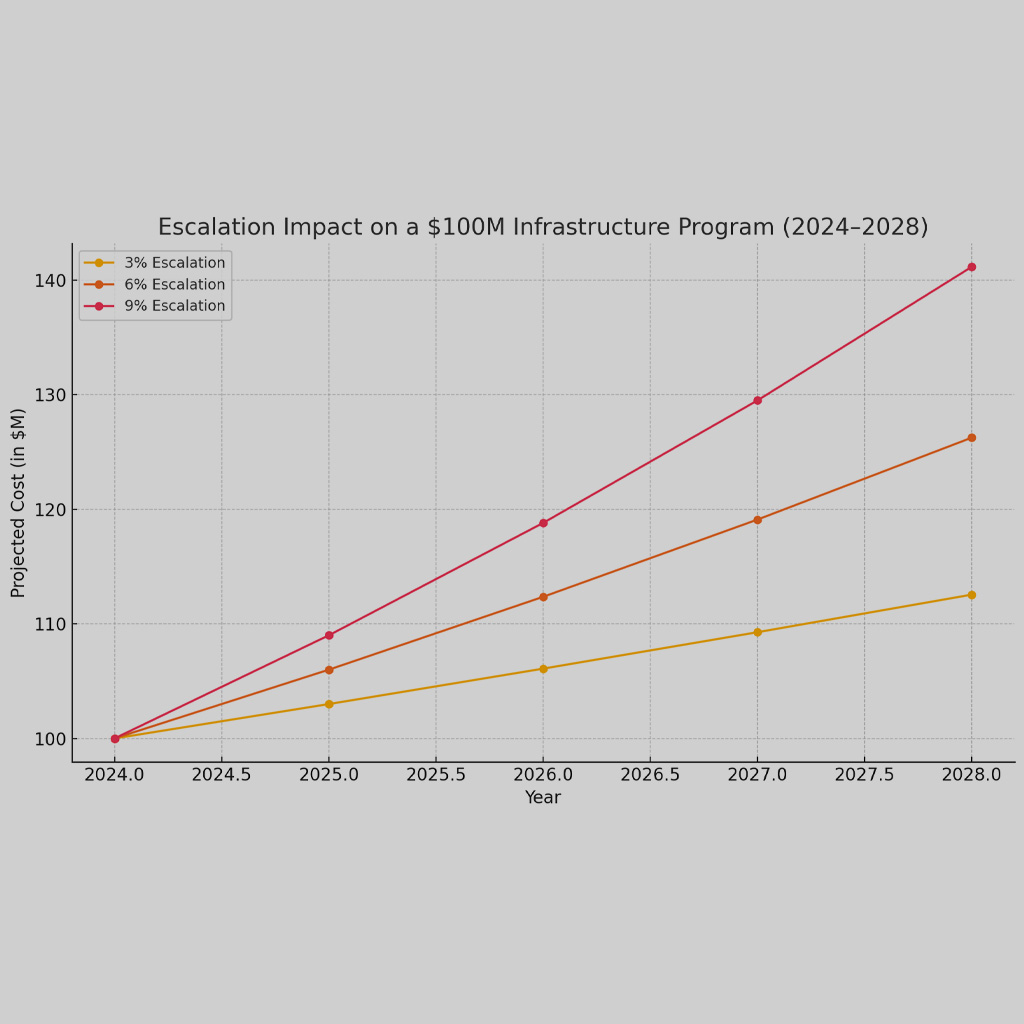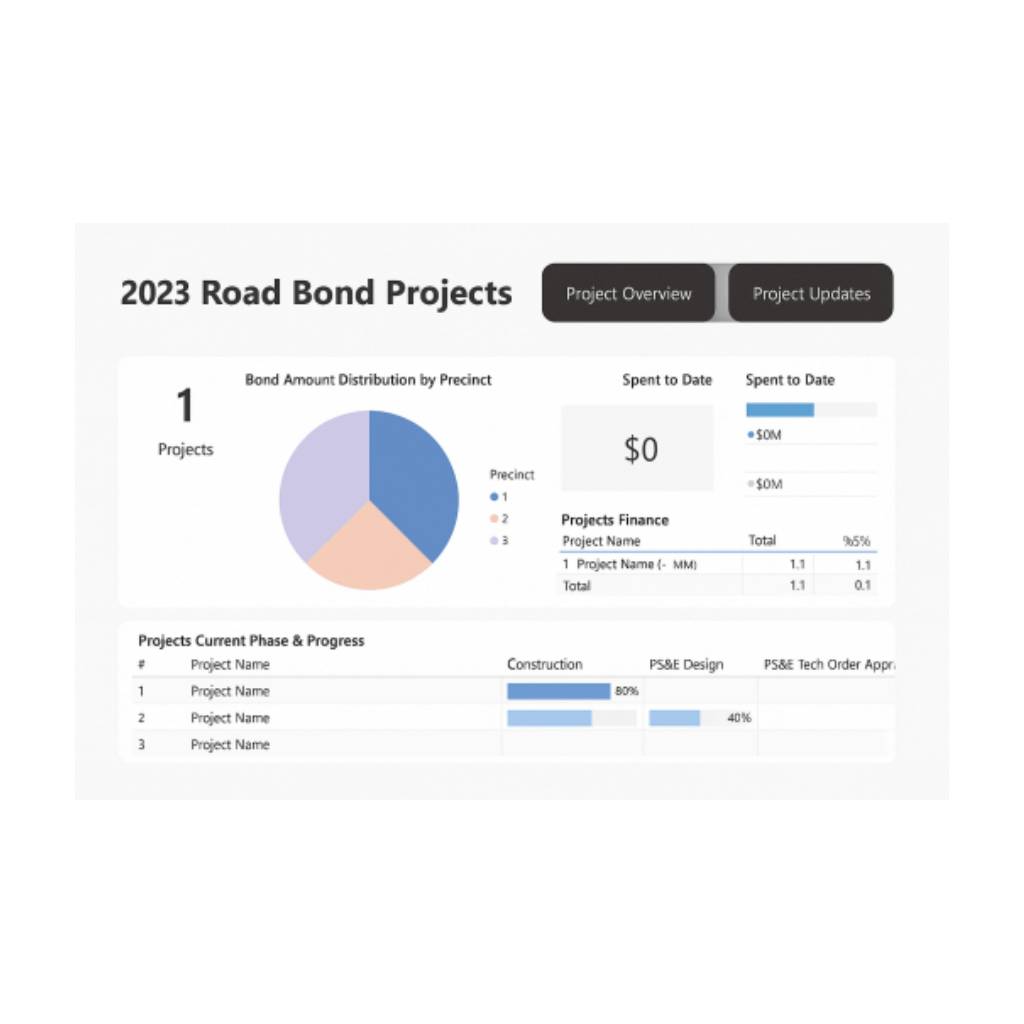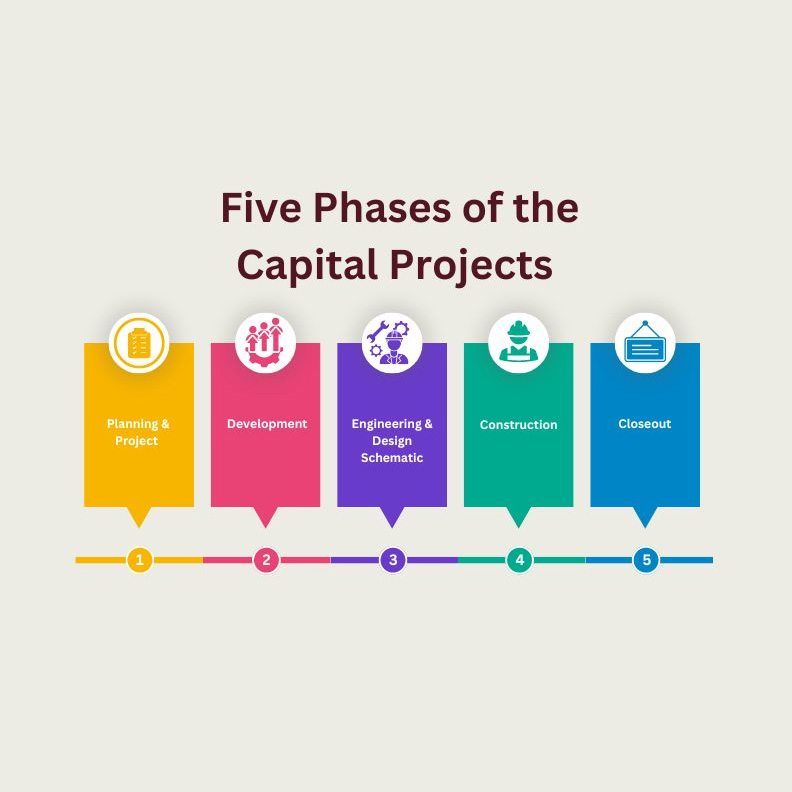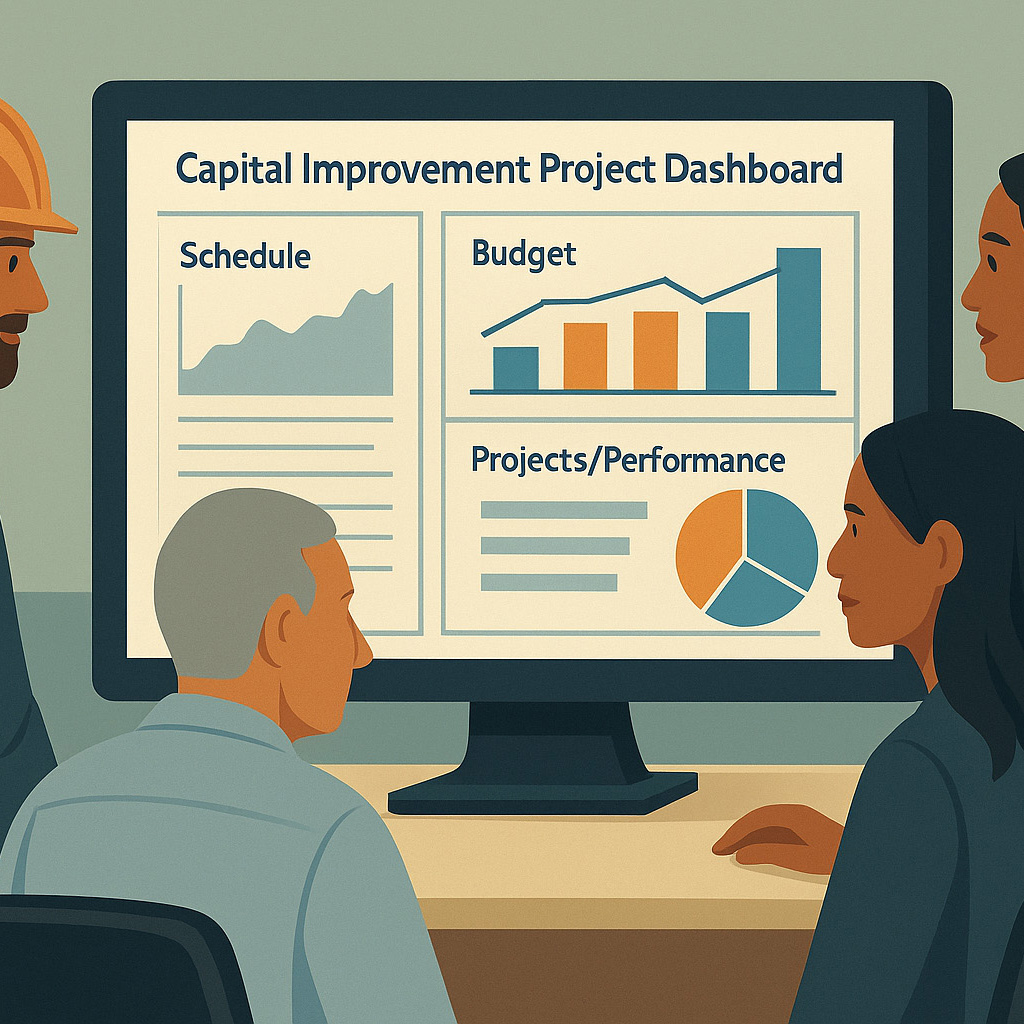In an era where innovation and efficiency are the benchmarks of success, it’s baffling that the construction industry still operates under archaic norms. Delays are shrugged off as “part of the process,” cost overruns are almost expected, and time-consuming redesigns due to poor communication are all too common. This isn’t just a problem; it’s an epidemic. And it’s costing taxpayers—literally. It’s high time we call for a change in mindset in construction.
The Status Quo: A Legacy of Inefficiency
For decades, the construction industry has remained largely unchanged in its approach to project management. While other sectors have evolved, embracing technology and streamlining operations, construction has lagged behind. This stagnation isn’t just a lack of progress; it’s a regression when we consider the advancements happening around us.
Delays as the Norm
In what other industry are delays so readily accepted? Imagine waiting weeks for a medical test result that could be processed in days, or a package that takes months to arrive when it could be delivered within a week. Unthinkable, right? Yet, in construction, delays are often met with a shrug and considered “business as usual.”
Communication Breakdowns
The lack of effective communication is another glaring issue. Redesigns and reworkings, which consume both time and resources, are frequently the result of poor communication between teams. In an age where instant messaging and video conferencing are at our fingertips, there’s no excuse for this level of inefficiency.
Cost Overruns
Perhaps the most egregious of all are the frequent and substantial cost overruns. Initial contract agreements seem more like suggestions than actual budgets. This isn’t just bad business; it’s irresponsible. After all, these are taxpayer-funded projects. Every dollar wasted is a dollar that could have been spent on education, healthcare, or other critical services.
A Call for Maturity
The industry needs to grow up. This isn’t a playground where mistakes have no consequences. This is the real world, where inefficiency costs money, time, and in some cases, lives.
Accountability and Transparency
First and foremost, there needs to be a system of accountability. Delays and cost overruns should have real consequences, not just for the contractors but also for the project managers who oversee them. Transparency is key. Taxpayers have a right to know how their money is being spent.
Embracing Technology
The use of technology can no longer be optional. From project management software to advanced communication tools, technology can streamline operations, reduce errors, and save time and money.
Industry Standards
It’s time to establish and enforce industry standards for efficiency, communication, and financial management. These standards should be rigorous, universally accepted, and regularly updated to reflect best practices.
Conclusion
The construction industry has been stuck in a time loop, and it’s time to break free. We owe it to ourselves, our clients, and most importantly, to the taxpayers, to do better. With the tools and knowledge at our disposal, there’s no excuse for maintaining the status quo. It’s time for a change in mindset, and it starts now.
At Front Line Advisory Group, we are pioneers in Capital Improvement Bond Management, leveraging unparalleled expertise and deep industry insights. Our mission extends beyond consultation – we empower our clients to realize the full potential of their investments, ensuring tax dollars are put to maximum use through astute Program Management Consulting. For more information or to commence your journey towards transformative bond management, reach out to us at info@frontlineadvisorygroup.com













